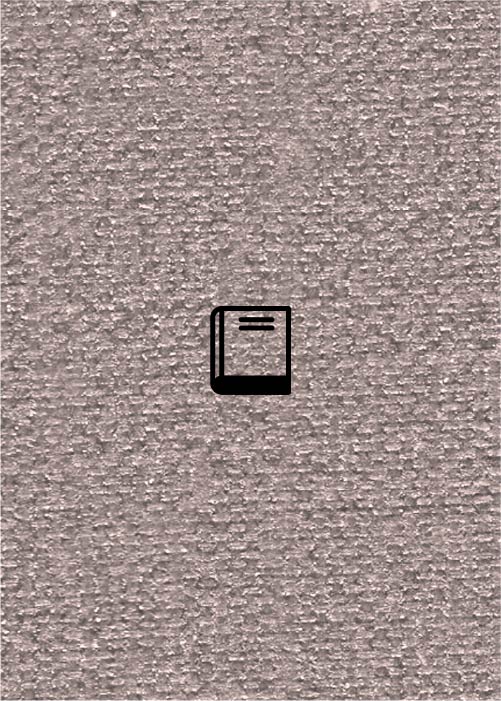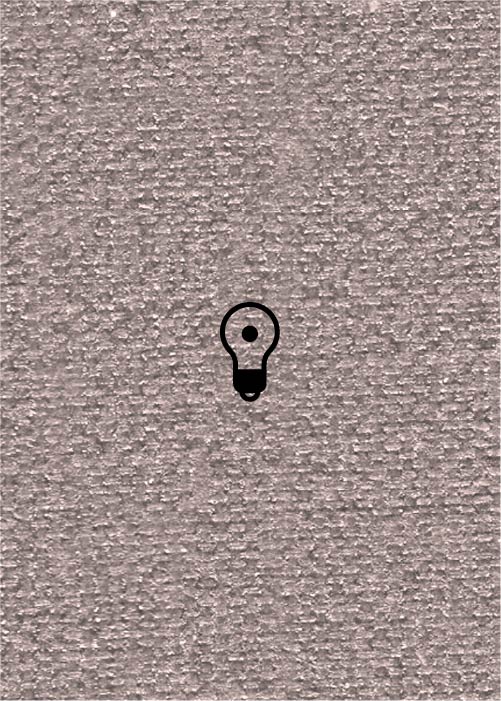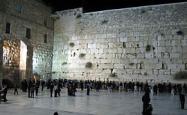(1676 results found)

Le Blues du Yiddish
… Yiddish culture in Paris. The soundtrack features Yiddish songs and there are also performances of songs such as, David Meyerovitz's Vos Geven is Geven Un Mito … Cinématographie - Images de la Culture … … 2005 … Yiddish songs … Yiddish … French … Diaspora … Paris … Contemporary … …

Yiddish Theater: A Love Story
… in the United States and some of the people, plays and songs that made it happen and kept it alive. Throughout the … to the costumes, to the set designs, and the music. Three songs are sung on stage including Hirshbein's Melach Faint … the extra-diegetic soundtrack is comprised of many Yiddish songs that play a prominent role in the film. These songs …

Yippee
… seen and heard, but are cut off very quickly so that full songs are never portrayed, only fragments. The culmination … singing and chanting can be heard. Throughout the film, the songs that are performed in the streets of Uman are: Rosh … Rabbi Nahman Ein Kamocka B'Olam, and disco versions of songs that praise Rabbi Nahman. Additionally these songs are …
Arvit
… service Sephardim and Hasidim begin by reciting Psalm 134: “Song of Ascents: Praise the lord...” as well as Psukei … the service: 'Shir lama'a lot esah einei el haharim…' ('A song of ascents. I will lift up my eyes to the hills…'). The …

The Israeli Mediterranean Style
… … Contemporary Israeli Music … Israeli composers … Folk songs … Zionism … Jewish nationalism … Nationality … Israel …
Atah Ehad
… zemer for the Sabbath, a Hassidic niggun and a Yiddish folksong. In addition, some Ashkenazi tunes were reincarnated as Zionist songs, becoming Israeli folk songs and folk dances in both secular and religious …

Anim Zemirot
… The Piyyut 'Anim Zemirot,' also known as 'Shir HaKavod' (Song of Glory), appears in the Ashkenazi Siddur at the end … Shir Ye h ud. . One ancient manuscript claims that 'the song was created by our rabbi Yehuda He H asid of … He H asid's father. The Piyyut is known as Shir HaKavod (Song of Glory) because it used to be proceeded by the …

Shir HaKavod
… The Piyyut 'Anim Zemirot,' also known as 'Shir HaKavod' (Song of Glory), usually appears in the Ashkenazi Siddur at … the Shir Ye h ud. One ancient manuscript claims that 'the song was created by our rabbi Yehuda He H asid of … He H asid's father. The Piyyut is known as Shir HaKavod (Song of Glory) because it used to be preceded by the …
Had Gadya
… also found at the end of the Haggadah, it is a cumulative song, with each verse adding another motif to the story. It … a kid bought by the “father” (of the singer-subject of the song), which in the next verse is eaten by the cat, which is bitten by the dog, and so forth. An excerpt of the song as printed in a German Haggadah (Hamburg-Altona, 1751). …
Had Gadya in Israeli Culture
… On the eve of Passover, our Song of the Month for April 2014 is dedicated to H ad Gadya … One only kid [young goat]), one of the most popular songs sung at the Passover seder in some of its contemporary … the very end of the Passover Haggadah. It is a cumulative song, with each verse adding another motif to the story. It …






